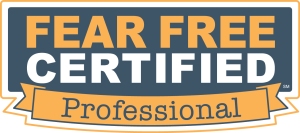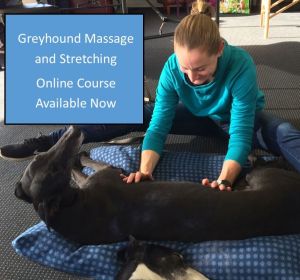When the makers of the famous ThunderShirt conducted a survey of dog owners back in 2011, the results showed that anxiety problems of various types are very common in dogs. Although this survey was based in the USA, the results are likely to be comparable in other English-speaking countries. From what I can see, there are plenty of anxious dogs in New Zealand.
Their survey found that:
- Over 29% of all dogs suffer from at least one anxiety or fear issue…Nearly 23 million dogs in the United States alone.1 16% of all dogs are suffering from multiple anxiety and/or fear issues
- Over 12 million dogs are left to just suffer with their anxiety problems without their owners trying any remedies…over half of all dogs with anxieties. Why? 71% of dog owners do not feel that treating the problem was necessary; 29% do not feel that there is a viable solution for the problems; 13% feel that solutions are too expensive.
- Over 41% of dog-owning households had at least one dog with an anxiety or fear issue. That translates into over 18.6 million households in the United States that are dealing with anxiety and fear issues.
- Dog owners are spending over $1 billion each year dealing with anxiety problems. Over $240 million on damaged property alone. (Average household cost of $246 x 18.6 million households owning at least one dog with anxiety issues / 4.5 years average time with dog)
- The most common anxiety or fear issues among dogs in the US are the following:
o Fear of Noise or Noise Anxiety – 17% of all dogs or over 13 million dogs.
o Separation Anxiety – 13% of all dogs or 10 million dogs.
o Reactivity towards people and/or dogs – 12% or nearly 9 million dogs.
o General Anxiety – 5% or 3.5 million dogs.
o Travel Anxiety – 5% or 3.5 million dogs. - The most common NOISE fears or anxieties among the 13 million dogs are:
o Fear of Thunderstorms – 86%
o Fear of Fireworks – 74%
o Fear of Vacuum Cleaners – 41%
It’s for this reason that I’m so glad I chose to become Fear-Free certified because I see dogs in my massage and rehab practice that are anxious and for a variety of reasons.
Sometimes my new (dog) clients are anxious because they don’t know me. So our first session is about getting them to relax and realize that I am not a threat. I bring yummy treats, for example, and play relaxing music. And I specialize in in-home care, so the dog is in their own environment from the start – and their owner is there for comfort and reassurance.
I’m using more and more flower essence blends, too, which are proving to have dramatic results with anxious dogs. In the last month alone, I’ve had three clients come to me because their dogs are anxious at their training grounds and/or at dog shows. These dogs have had untrained dogs rush at them, or worse, and they’ve become anxious whenever a strange dog is nearby. It’s a real shame, but there are things we can do to alleviate their stress.
Massage, of course, by its very nature can be calming. Just as with vets and vet techs who are taught about touch gradient, touch gradient is important to the work I do. Keeping a connection with the dog during massage, stretching and other exercises is important to ensure we have a trusting bond and I don’t startle them.

Fear free is also about working at the dog’s pace; all bookings are taken with an hour allotted to each client to ensure we have plenty of time and aren’t rushed.
If you have an anxious dog and think you have run out of options, I hope you will reconsider by finding a Fear-Free certified professional near you.
Kathleen Crisley, specialist in dog massage, rehabilitation and nutrition/food therapy, The Balanced Dog, Christchurch, New Zealand







